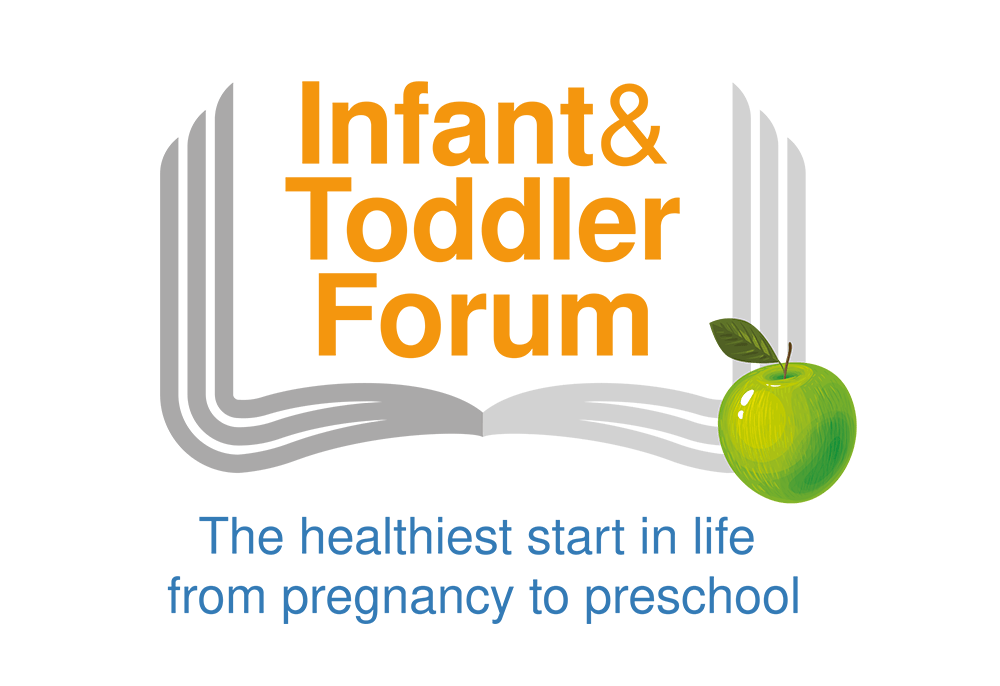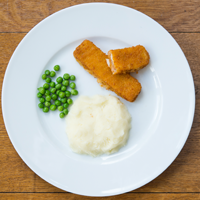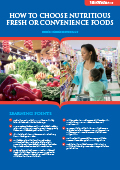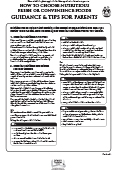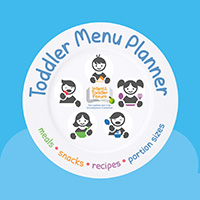
Use our Toddler Meal planning tool to ensure your 1-4 years old receives a balanced diet every day.
Find out more >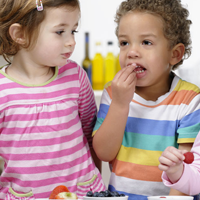
Use our toddler food tracker to check that your 1-4 year olds are getting a good balance of foods and activity
Find out more >
This educational programme for frontline professionals contains a range of practical resources on infant feeding.
Find out more >Guidance & Tips for Parents
1. Choosing nutritious, fresh foods.
Fruit, vegetables, meat and fish are usually cheaper when they are in season. You can find lists of fresh foods in season on www.eattheseasons.co.uk
Fruit and vegetables that have been picked locally and sold quickly will have more vitamin C and folic acid than those that are stored or transported for long periods of time. There is no real nutritional difference between organic and non-organic foods but organic foods are usually lower in pesticides as they have only been exposed to naturally occurring fertilizers and pesticides.
2. Choosing nutritious convenience foods for toddlers
Some convenience foods are nutritious and appropriate for toddlers. Others are less suitable because they do not contain enough of some key nutrients and contain too much salt, fat and sugar.
It is not necessary to cut out all the salt, fat and sugar in your toddler’s diet. However, you should keep these ingredients to a minimum when you have a choice.
Unfortunately food labels do not always provide sufficient information to enable you to decide which convenience foods are the best for your toddler. Try to choose those that contain plenty of vegetables or fruits that are low in fat and are not too sweet.
Pre-prepared baby/toddler foods found in the baby aisles of supermarkets contain minimum levels of key nutrients and tend to have low levels of salt, fat, sugar and pesticides. Choose those that have higher amounts of meat, fish, eggs, lentils or other pulses for more iron.
Salt
Salt contains sodium, which is essential for your toddler to grow. However, too much salt in the diet can cause high blood pressure later in life.
Fat
Most food contains some fat. In moderation this is not a problem because fat enhances the flavour of the food and provides valuable energy and essential fatty acids. However, too much fat can cause your toddler to become overweight.
Sugar
Too much sugar can cause obesity and tooth decay. However there is no need to cut out sweet foods altogether. Ideally you should limit sweet food and drinks to just four times a day – that is as part of three meals and one snack.
Additives in food and E numbers
All additives with an E number have been tested for safety. However the Food Standards Agency now advises that toddlers should not be given foods that contain the following:
| Colours:
|
Tartrazine E102 Ponceau 4 R E124 Sunset yellow E110 Carmosine E122 Quinoline yellow E104 Allura red AC E129 |
| Preservatives: | Sodium benzoate E211 |
| Sweetener: | Sorbitol |
Some additives are quite nutritious. For instance ascorbic acid is vitamin C. Generally, however, it is best to choose foods for toddlers that contain few additives.
